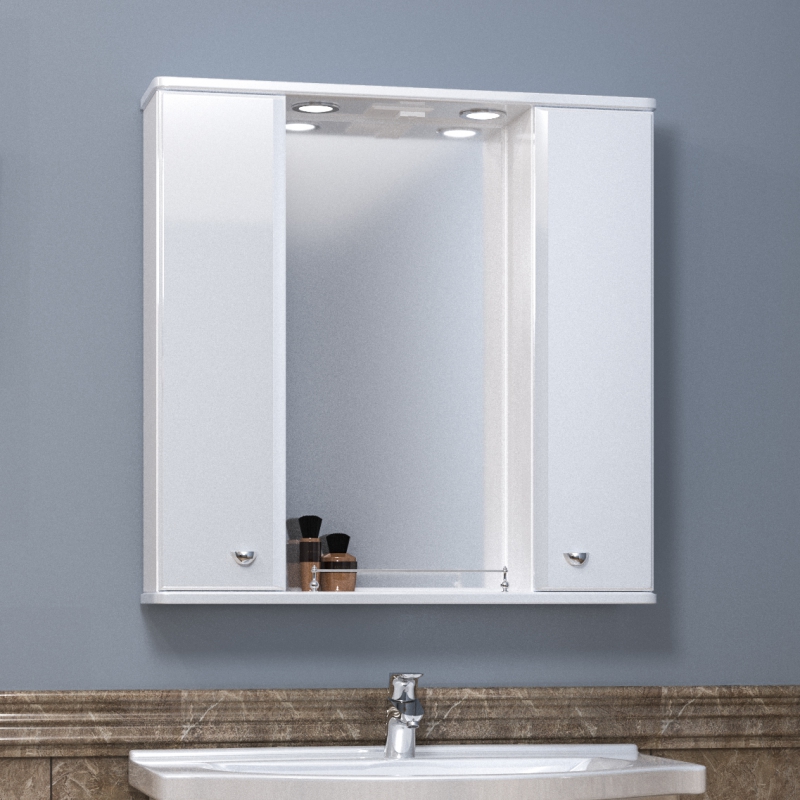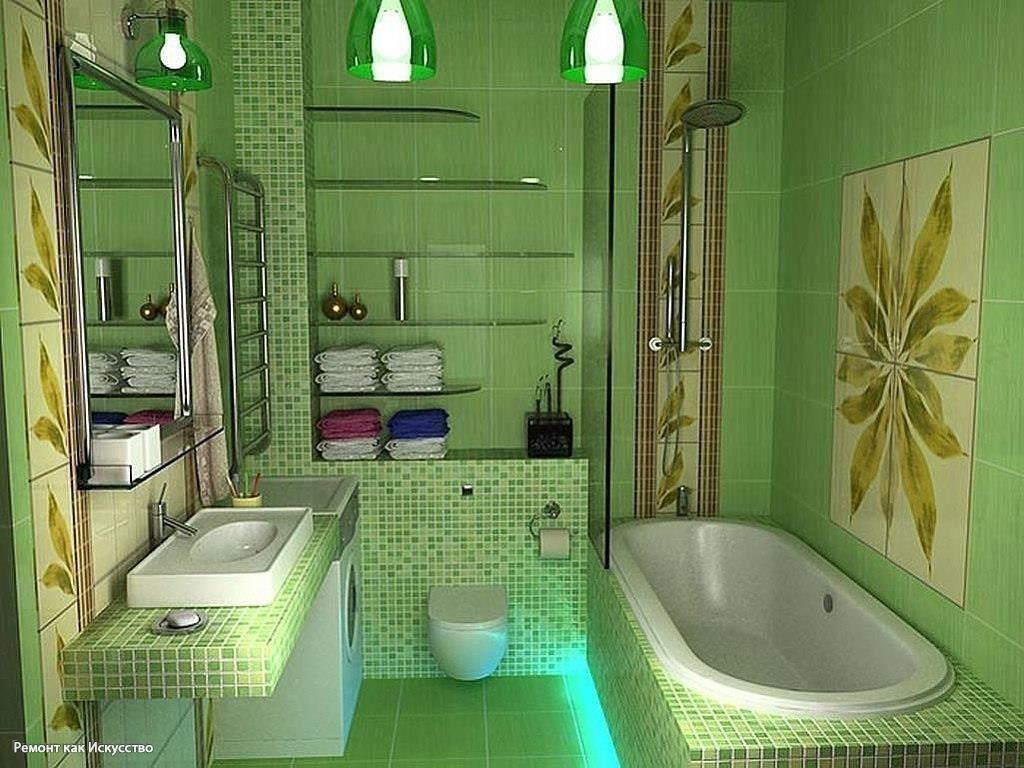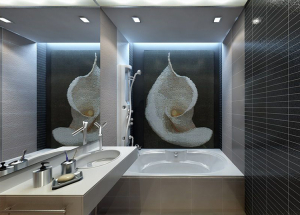Small bathrooms have proven to be functional, as they are still used in homes where space is limited. If you have a small bathroom, learn different tricks and techniques to help you make good use of its space.
Content
Layout of a small bathroom
While you are accustomed to your bathroom, remember that during an update everything can change dramatically in it. You can change the layout, the size of the plumbing varies. There are many materials to help make the bathroom bigger.

Consider layout
Before proceeding with the repair, take some measurements of the current space. Outline a room plan on a scale.
Sketch the details to know how they are located now. A few things to help open a room include the following.
1. Use corners

The toilet, bath and sink can be installed in the corners. For example, a toilet in the corner can open the wall for a long sink or dressing table.
2. Change your position
Sometimes just changing the position of the sink and toilet can help increase the amount of free space in the room.
3. Replace plumbing

Sinks, toilets, bathtubs and showers come in various sizes.
Think what you need
Before you start designing, ask yourself the following questions:
- who will use this bathroom?
- what are its main functions?
If your small bathroom has a bathtub, but it is used only for showering, it is better to install a shower. If the space is used by a teenager, you may need more cabinet space. Using the bathroom will help you decide how it should be decorated.
Cabinets and bathroom shelves
Space is the biggest problem with a small bathroom. How to fit everything you need in it?
Storage

Make sure you have enough space for toiletries, towels, and other items, especially if your bathroom is too small to put a dressing table or cabinet over the sink. There are a few things you can do to help maximize storage space.
1. Install the first aid kit
The medicine cabinet can be hung directly above the sink, on the wall adjacent to the sink, wall, or next to the shower.
2. Hang the cupboard over the toilet

This cabinet is usually large enough to accommodate extra rolls of toilet paper, as well as other items.
3. Use shelves
Hang a shelf directly above the sink, under a mirror or first aid kit to hold toiletries. A large shelf on the adjacent wall will be a place for extra towels.
4. Make niches

Niches are installed in the shower wall or the space above the sink. They can be plastered or tiled. Put shampoo bottles and cosmetics on them. They do not stick out and do not take up space.
Bathroom Interior Style
After you decide on the layout, choose plumbing or at least its size, it's time to take on the style and appearance of the room.
Floors
Tiles are a natural choice for bathrooms, as they are water resistant and slip resistant. For the floor to visually enlarge the small bathtub, make sure that you use the same material on the entire floor. This includes the floor of the soul. Although you will need to resize the material for the shower, leave the color the same to ensure a continuous line.

It is recommended to use very large or small tiles on the floor in the bathroom. Very large tiles, whose size is at least 30 cm, have fewer grout lines. They break the floor into a grid, which can make the room smaller than it actually is. A small mosaic tile has the opposite effect. She creates a pattern on the floor that comes down to the big picture. So the floor looks bigger.
Walls
If possible, use the same color on the walls as for the floor, especially for showers and other hard-to-reach spots. The same color of the tile will give the optical illusion that the space is larger than it is.
Colors
Color can have a huge impact on the appearance and size of a room. Colors that have a blue or cool undertone make the space bigger.

To visually expand a small bathroom, use the following colors:
- dark grey;
- gray;
- green;
- blue.

Choose white chrome lights and wood finishes. Chrome has a cold shade that works well with walls and tiles of this shade. Dark colors are good, and bright colors usually suppress a small room.
Plumbing

Install plumbing above the floor. This includes the use of a wall-mounted sink, dressing table, and even a toilet.
Materials
There is an endless selection of bathroom repair materials today, from glass to porcelain to stone.
Almost all of them are suitable for a small room, but remember the following things:
- glass reflects light, which can increase a small space. Glass tiles, mirrors and glass cabinet doors will help achieve this goal;
- polished materials such as marble and polished porcelain tiles work like glass, reflecting light. If you choose saturated marble, lay out the floor, not the walls, so that a large number of the picture does not overload the space;
- avoid textured materials on walls in small rooms. Textured porcelain can make the walls visually be closer to each other. Tiles with a rough or uneven surface should be avoided in small showers where you can crush it.
Lighting

Lighting for the bathroom is important, especially small. Try adding wall sconces on both sides of the mirror to help illuminate the sink, and also remember the overhead lighting. The more illuminated the space, the more open it will be.

Space planning

A small bathroom should be stylish and functional after the renovation. Pay attention to small details such as cabinet handles. Make sure the bathroom is fully uniform.



















